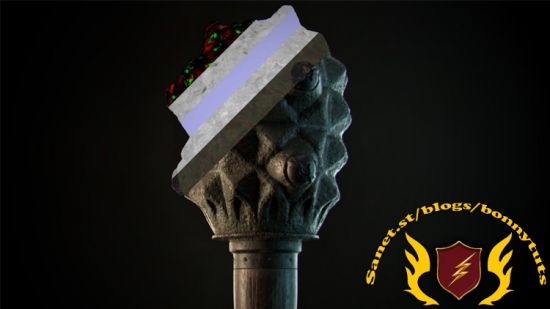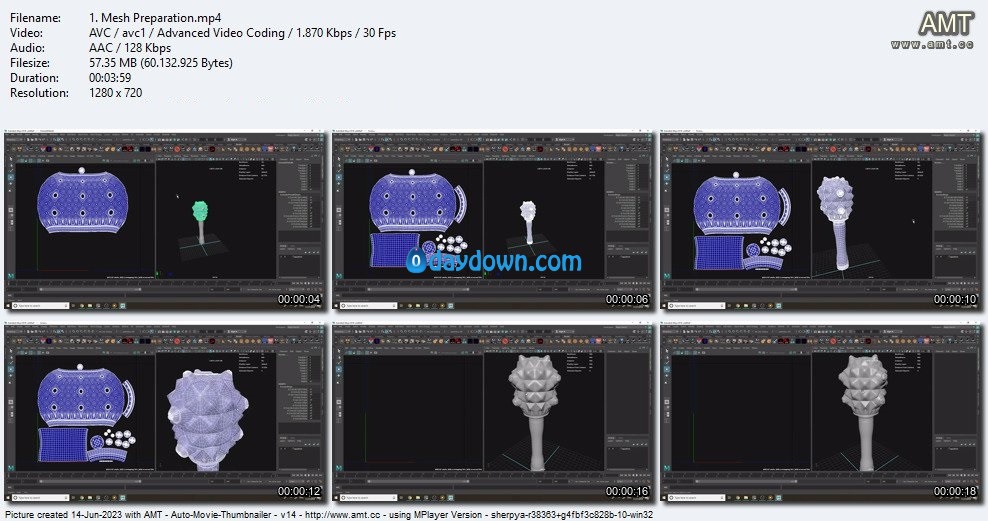
Published 6/2023
Created by Nicholas Hodgson
MP4 | Video: h264, 1280×720 | Audio: AAC, 44.1 KHz, 2 Ch
Genre: eLearning | Language: English | Duration: 29 Lectures ( 5h 12m ) | Size: 4.2 GB
Learn how to texture and look dev assets using the Mari 4 Node Graph and Maya.
What you’ll learn
You will learn how to prepare a model for texturing
You will learn fundamentals of texturing
You will learn how to use the Mari 4 node Graph
You will learn how to bake the neccessary maps for texturing
You will learn how to take your textures and set up a layered shader network in Maya using RGB masks to mix each material.
Requirements
Basic understanding of Mari 4 and Maya
Description
In this tutorial I will go over PBR texturing in Mari 4 using ONLY the nodegraph. Using the node graph opens up a huge amount of flexibility and allows you to work non destructively.The idea behind this workflow is to recreate the workflow of substance inside of Mari. I use the newest extension pack in this tutorial however if you do not have access to the extension pack you can still follow along just fine with the standard Mari nodes. (Note: Most VFX studios use the extension pack so I would highly reccomend using it while following along with this tutorial.)Once the texturing is complete we will take our textures into Maya and go over the look development process where we create a production ready master shader by using custom RGB masks to blend all our painted channels together. For this section we will be using Arnold 5 but any rendering engine that can blend materials will work just fine.RGB masks are a very important part of texturing as they allow you to refine and dial in your shaders within a game engine or rendering egine. Not only that but they are often used in during the compositing phase in VFX.
Password/解压密码www.tbtos.com
转载请注明:0daytown » Mari Nodegraph PBR Texturing + Look Development
